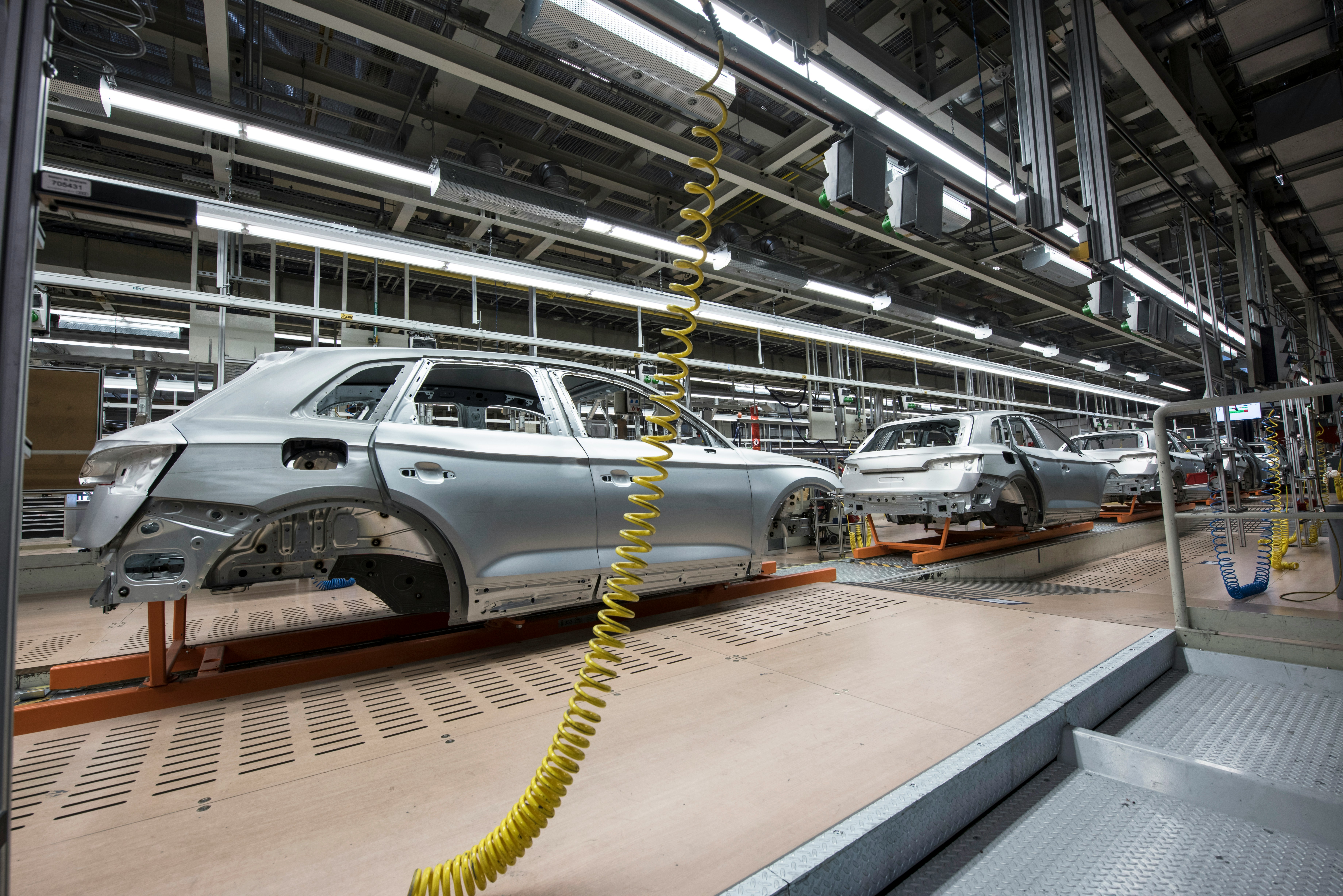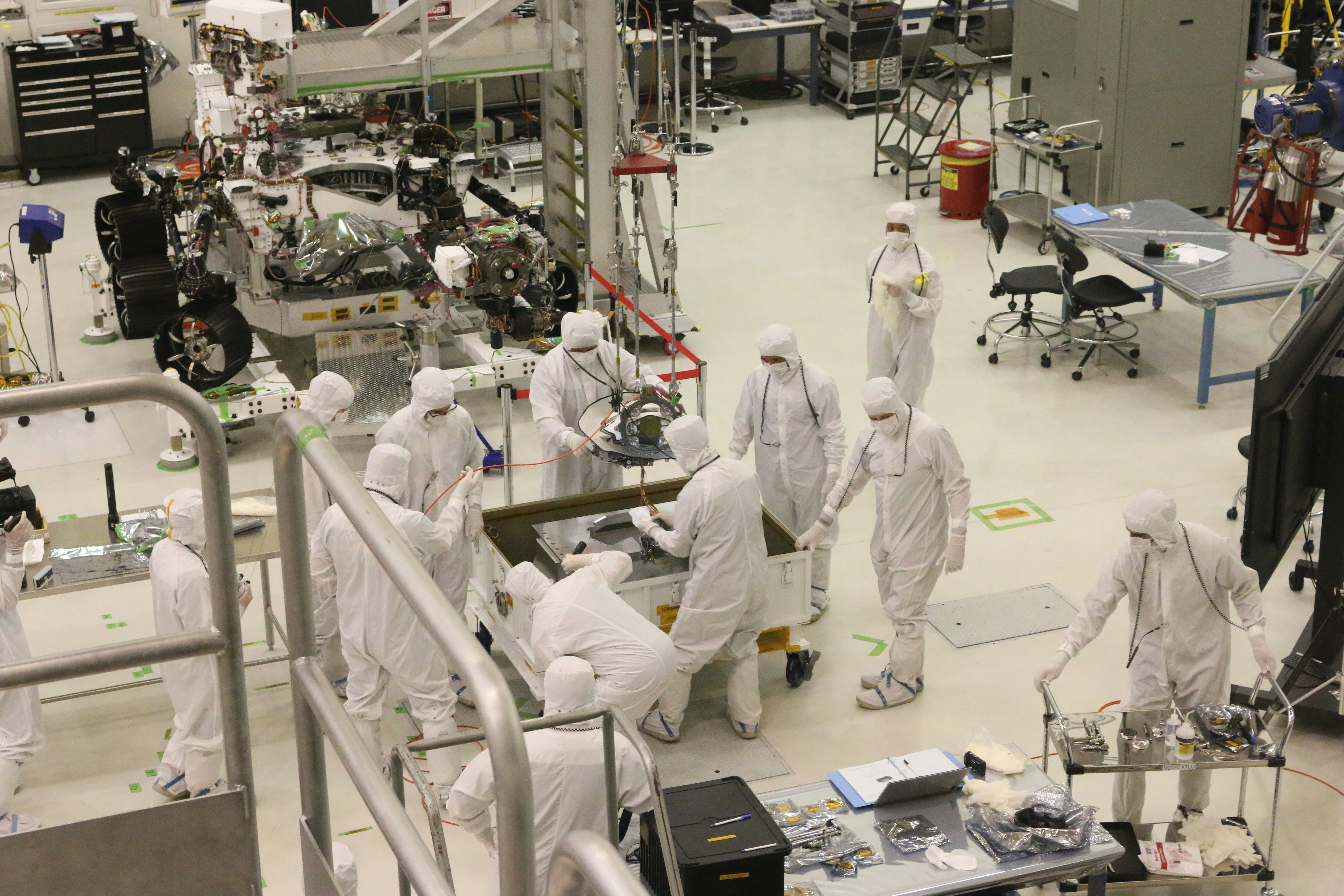The manufacturing industry faces several challenges in the 21st century. Businesses are trying to improve productivity by doing more with fewer resources at lower costs and to become innovative by driving improvements in production, implementing new business models, and introducing new products and services faster. Challenges to customer service include meeting and exceeding demand at the optimum costs while maintaining competitiveness to meet the challenges of a globalized economy. Industry 4.0 came about in 2011 to meet these manufacturing challenges.
Humans have been manufacturing for thousands of years, and there have been three key periods of disruption and change. The First Industrial Revolution in the late 18th century saw the mechanization of manufacturing by utilizing water and steam power. The Second Industrial Revolution in the late 19th and early 20th centuries was driven by mass production, the assembly line, and the use of electricity. The Third Industrial Revolution in the late 20th century introduced the use of computers and automation. Today, the Fourth Industrial Revolution is merging the cyber and physical world to digitize production and add value by exchanging data through an IT infrastructure.
Various industries such as automotive, electronic assembly, medical, and packaging rely on high-speed automated assembly processes requiring high repeatability. Such industries use SCARA robots to increase productivity on robotic pick and place or robotic assembly operations. Fanuc America’s SCARA robots are used in manufacturing applications that need to improve the speed, precision, and repeatability in manufacturing processes.
Their line of space-saving SCARA robots feature an ultra-compact footprint that minimizes interference with peripheral devices, ensures easy error recovery, and has the flexibility of a 360-degree work envelope. Fanuc America offers the ideal solution for automation in tight spaces to optimize performance and enhance efficiency.
What exactly is Industry 4.0?

Industry 4.0 combines cyber and physical systems with automation, the Internet of Things (IoT), and vertical and horizontal integration. Industry 4.0 is designed with four principles in mind. Interoperability gives machines, devices, sensors, and people the ability to connect and communicate via the IoT or the Internet of People (IoP).
Information transparency gives operators access to a massive amount of data across various data pipelines that aid in decision-making. Interconnectivity makes it possible to collect large data sets and information from different points in the manufacturing process to aid in functionality and highlight areas for innovation and improvement.
Industry 4.0 provides technical assistance that allows assistance systems to aggregate and visualize information to make informed decisions in real-time and accomplish time-consuming or unsafe tasks. Lastly, cyber-physical systems can make decentralized decisions and perform autonomous tasks. Industry 4.0 relies on the processing of a massive amount of data in real-time in a reliable, scalable, and flexible way by integrating with legacy systems and modern data sources. Accomplishing this task requires an event-streaming software platform such as Apache Kafka.

Kafka is an open-source distributed publish-subscribe messaging platform capable of real-time data streaming for distributed streaming, pipelining, and relay of data feeds for operational scalability. The message broker maintains data streams in a cluster of servers that can span multiple data centers and provide data persistence through multiple server instances in Kafka topics that can’t be altered.
Apache Kafka is a purpose-built open-source messaging solution designed for real-time log streaming. The solution is ideal for applications that require data exchange reliability between disparate data sources, the ability to partition messaging workloads, real-time streaming for data processing, and native support for data and message replay.
The Apache software foundation is designed with three main requirements to benefit business users. It provides a publish-subscribe messaging model for the distribution and consumption of data. Kafka brokers provide long-term data storage and allow for on-demand access and replay. Lastly, Kafka supports the accessing of data in real-time and real-time stream processing.
Stages in the Evolution of Industry 4.0

There are four stages in the evolution of Industry 4.0:
Visibility: The first phase is visibility into what is happening on the manufacturing floor. When data is stored across disparate sources and data siloes that can’t communicate, it’s difficult to receive ongoing feedback. Industry 4.0 provides closed-loop connectivity that allows for the interoperability of systems, devices, and communication protocols for seamless interaction. The use of sensors and the IoT are key for connectivity.
Analysis: Industry 4.0 goes beyond an awareness of what is happening to ask why something is happening. When organizations know why something is happening, they can understand the cause of critical incidents. Raw IoT data provides valuable insights that show the cause of events and devise prediction models that can predict future events before they happen.
Simulation: Once an answer is found to what is happening and why I4.0 answers what-if questions by performing simulations that give feedback on a system’s state of operation in different conditions. Simulations can detect any signs of a malfunction in the virtual system so that action can be taken before the physical system malfunctions.
Autonomous Operation: The ideal Industry 4.0 system can operate autonomously, meaning it can answer what/why/how questions and give proactive responses without human intervention. Industry 4.0 leverages artificial intelligence and machine learning to accomplish autonomous operation.
Industry 4.0 is set to change the manufacturing industry for the better by driving greater productivity through the use of new technologies in innovative ways.









